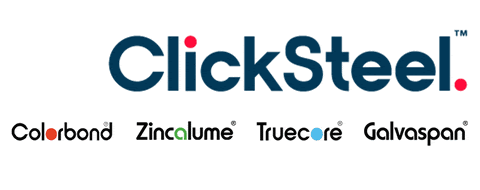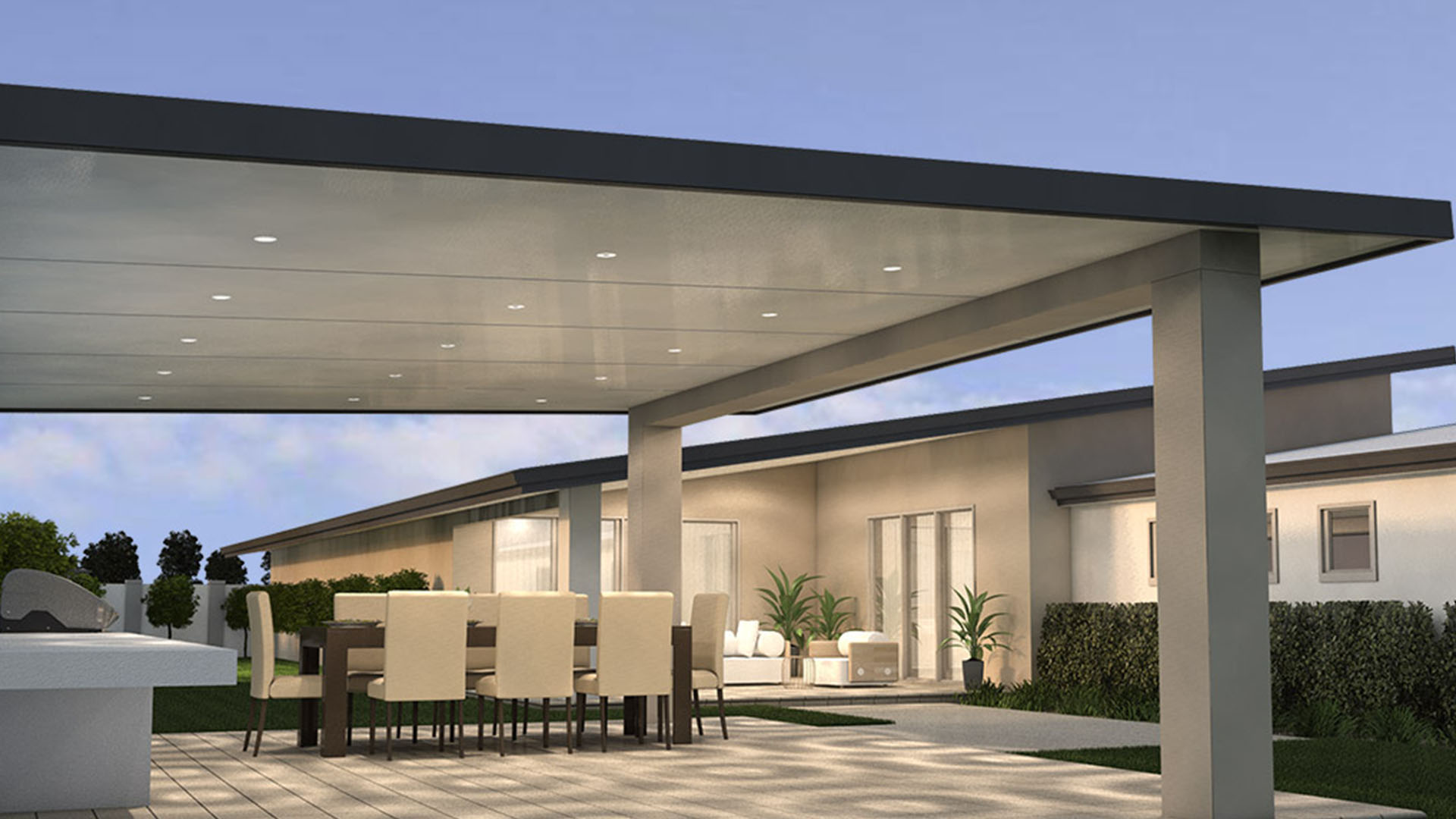When it comes to maintaining a comfortable and energy-efficient home, insulating your roof is a crucial step. Insulated roof panels offer numerous benefits, including improved thermal insulation, reduced energy consumption, and enhanced soundproofing. Whether you’re planning a new construction project or considering a renovation, understanding how to install insulated roof panels is essential. Insulated roof panels offer numerous benefits, such as enhanced insulation, temperature regulation, and reduced heating and cooling costs. However, before you embark on the installation process, there are several factors to consider to ensure a successful project. In this article, we will guide you through the key aspects of installing insulated roof panels, helping you make informed decisions and achieve optimal results.
Benefits of Insulated Roof Panels
Insulated roof panels are designed to provide excellent insulation, which offers a range of benefits for both residential and commercial buildings. One of the primary advantages is improved energy efficiency. These panels help to minimise heat transfer through the roof, reducing the need for excessive heating or cooling. By maintaining a stable indoor temperature, insulated roof panels contribute to significant energy savings and lower utility bills.
Another advantage of insulated roof panels is temperature regulation. They can help keep your interior spaces cooler in hot climates and warmer in cold regions. By preventing extreme temperature fluctuations, these panels create a more comfortable environment, enhancing the overall liveability of your space.
Furthermore, insulated roof panels can lead to reduced heating and cooling costs. With better insulation, your heating and cooling systems can operate more efficiently, consuming less energy to maintain the desired indoor temperature. Over time, this can result in substantial cost savings and a greener footprint.
Before you begin the installation process of insulated roof panels, there are several important factors to consider. Taking these aspects into account will ensure a successful and efficient installation, providing you with long-term benefits.
1. Building regulations and codes: It’s crucial to familiarise yourself with the building regulations and codes in your area. Different regions may have specific requirements for roof insulation and installation. Ensure that you comply with all the necessary regulations to avoid any legal issues or complications down the line.
2. Structural considerations: Assess the structural capacity of your roof to determine if it can support the weight of the insulated roof panels. Consult with a structural engineer if necessary, especially if you have an older or weaker roof structure. It’s important to ensure that the roof can safely bear the additional load without compromising its integrity.
3. Climate and weather conditions: Take into account the climate and weather conditions in your area. Different types of insulated roof panels have varying levels of thermal resistance, which affects their performance in different climates. Consider the average temperatures, humidity, and the severity of weather events such as storms or hail. Choose insulated roof panels that are suitable for your specific climate to maximise their effectiveness.
4. Roof slope and design: The slope and design of your roof can impact the installation process and the choice of insulated roof panels. Steeper roofs may require additional safety precautions and specialised installation techniques. Flat roofs may require specific waterproofing considerations. Assess the slope and design of your roof to determine the best approach for installing the panels and ensuring proper drainage.
5. Fire safety: Insulated roof panels should meet fire safety standards to protect your property and its occupants. Check the fire ratings and certifications of the panels you choose to ensure they comply with the required safety regulations. Additionally, consider fire safety measures such as the use of fire-resistant coatings or installing fire breaks between panels.
Once you have considered these factors and made the necessary preparations, you can proceed with the installation process. It’s important to follow the manufacturer’s instructions and guidelines for your specific type of insulated roof panels. Here is a general overview of the installation process:
Preparation and safety measures:
Ensure you have the necessary safety equipment such as gloves, goggles, and harnesses if working at heights. Clear the roof of any debris and make sure it is clean and dry before installation.
- Roof assessment and measurements: Inspect the roof for any damages or structural issues. Take accurate measurements of the roof area to determine the quantity of insulated roof panels required.
- Panel selection: Select the appropriate insulated roof panels based on your specific needs, considering factors such as thermal resistance, fire rating, and durability.
- Installing panels: Start from one corner of the roof and work your way across. Secure the panels according to the manufacturer’s instructions, using appropriate fasteners. Ensure proper alignment and tight sealing between panels to maintain insulation efficiency.
- Sealing and finishing touches: Seal all joints, edges, and penetrations to prevent air leakage and water infiltration. Pay attention to details such as flashing around chimneys or vents to ensure a watertight installation. Once the insulated roof panels are installed, regular maintenance is essential to ensure their longevity and performance. Clean the panels periodically, inspect for any damages, and address repairs promptly.
Maintenance and Longevity
To maximise the lifespan and effectiveness of your insulated roof panels, regular maintenance is important. Here are some maintenance tips to consider:
- Cleaning and inspection: Clean the panels periodically to remove dirt, debris, and any build-up that could affect their performance. Inspect for any damages, such as cracks or loose panels, and address them promptly.
- Repairs and replacements: If you notice any damages or signs of wear and tear, schedule repairs or replacements as needed.
- Maintenance and Longevity (continued): If you notice any damages or signs of wear and tear on your insulated roof panels, it’s important to address them promptly to maintain their effectiveness. Here are some maintenance tips to consider:
- Cleaning and inspection: Regularly clean the panels to remove dirt, debris, and any build-up that could affect their performance. Inspect the panels for any damages, such as cracks or loose sections, and address them promptly.
- Repairs and replacements: If you notice any damages or signs of wear and tear, schedule repairs or replacements as necessary. Contact a professional roofing contractor to assess the extent of the damage and recommend the appropriate actions.
- Lifespan of insulated roof panels: The lifespan of insulated roof panels can vary depending on factors such as the quality of materials, installation technique, and maintenance. On average, well-maintained insulated roof panels can last for 20 to 30 years or even longer.
- By following these maintenance practices and addressing any issues promptly, you can ensure the longevity and optimal performance of your insulated roof panels.
Cost Considerations
Before installing insulated roof panels, it’s important to consider the associated costs. Here are some cost factors to keep in mind:
- Material costs: The cost of insulated roof panels can vary depending on the type, quality, and brand. Compare prices from different suppliers and choose a product that offers a good balance of quality and affordability.
- Installation costs: The installation costs will depend on factors such as the size and complexity of your roof, labor charges, and any additional requirements for safety measures or specialised equipment. Obtain quotes from reputable roofing contractors to get an accurate estimate of the installation costs.
- Return on investment: While insulated roof panels may require an upfront investment, they can provide long-term cost savings through improved energy efficiency and reduced heating and cooling expenses. Consider the potential savings over the lifespan of the panels when evaluating the overall return on investment.
It’s recommended to consult with roofing professionals and gather multiple quotes to get a clear understanding of the total costs involved in installing insulated roof panels. This will help you make an informed decision based on your budget and the long-term benefits.
Installing insulated roof panels can significantly improve the energy efficiency, temperature regulation, and cost-effectiveness of your building. By considering factors such as building regulations, structural considerations, climate conditions, roof slope and design, and fire safety, you can ensure a successful installation.
Regular maintenance and timely repairs are essential for maximising the lifespan and performance of insulated roof panels. Keep in mind the associated costs, including material costs, installation expenses, and the potential return on investment when making your decision.
By making informed choices and following proper installation and maintenance practices, you can enjoy the benefits of insulated roof panels for years to come, creating a more comfortable and energy-efficient environment. To view our extensive range visit clicksteel.com.au

